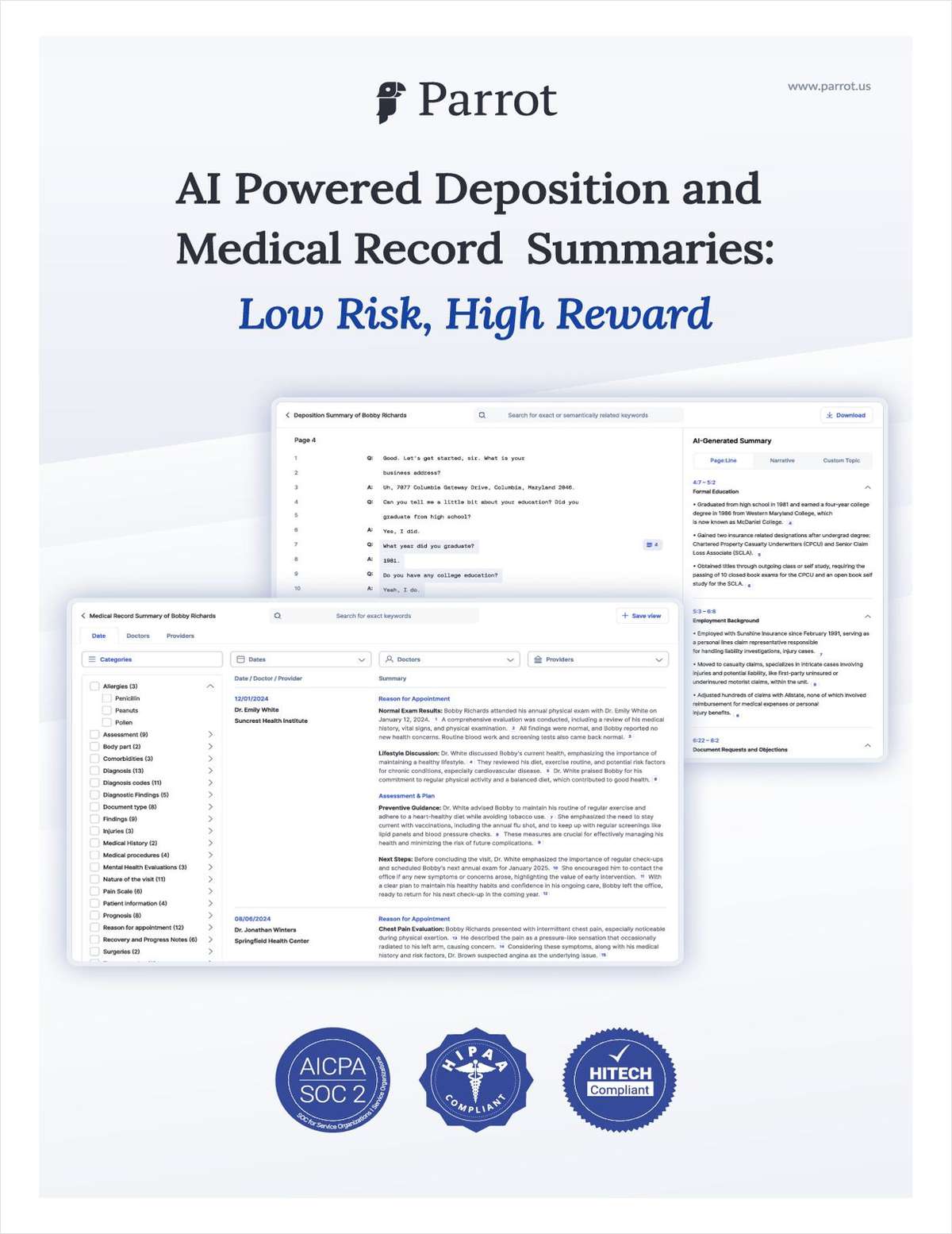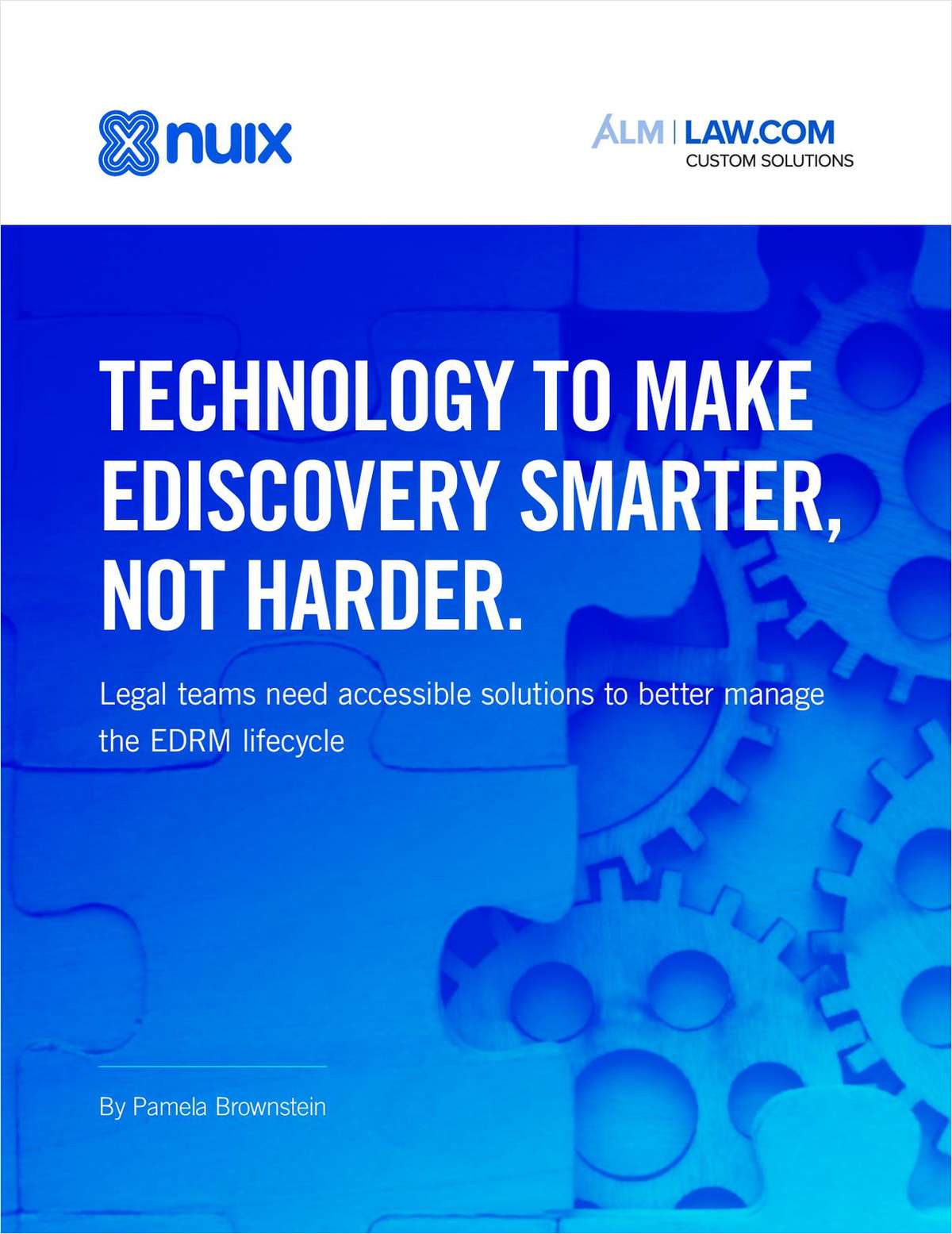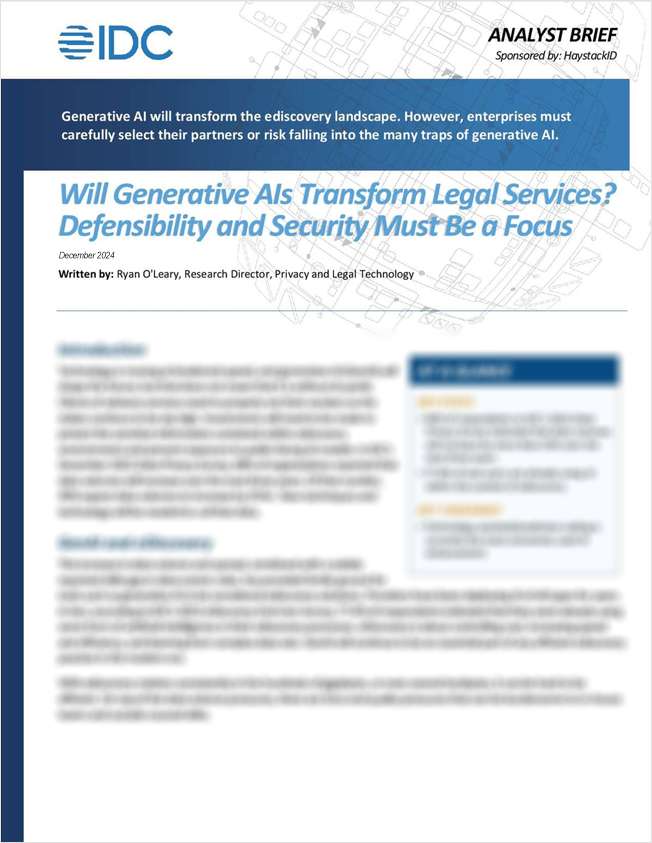30. Curiosity Kills Cats, Saves Lawyers
With the rise of lean law, more and more lawyers are coming to understand the critical value of curiosity. Legal project management starts with scoping, for which the key attribute is curiosity.
May 31, 2024 at 12:12 PM
3 minute read
The original version of this story was published on Lean Adviser
The adage "be curious, not judgmental" is often attributed to Walt Whitman. Until recently, it never really applied to lawyers. For many lawyers, the bargain was this: you provide the facts and ask me the questions, and I'll pass judgment in the form of legal advice.
That's how it used to be, a very closed loop. The facts, as served up by the client, were treated as sacrosanct. It wasn't the lawyer's job to investigate and validate them, far less to be curious. If the lawyer's job was limited to giving legal advice, without investigation, there would be no place for curiosity. The only setting in which that is still true is the exam room.
Modern lawyering is very different. Maybe not so much a part of the new reality, but certainly a consequence of it. Now, with the rise of lean law, more and more lawyers are coming to understand the critical value of curiosity. Legal project management starts with scoping, for which the key attribute is curiosity.
Step one in the Lean Law playbook is all about asking the client smart, probing questions and good supplemental questions. As we say in Lean Adviser, ask the questions and then question the answers. But all the while, withhold judgment.
This should be a collaborative to-and-fro; the harder the questions the better. Look at it this way: Questions which the client can't answer are usually the right questions. Answers which you can't question are usually the wrong answers. As a tip-sheet, here's a list of starter questions for any assignment:
- What problem are we trying to solve?
- What's the believed root cause of the problem?
- How did this come about?
- Who are the main fact holders?
- Which are the key documents?
- Why does this matter?
- Who does it matter to?
- What's the corporate risk appetite?
- What would a good outcome look like?
And never forget
- Where can this come back to you as the Legal Director?
From there you have a base level of information to start an investigation, to validate the assumptions and the "as given" facts. But most of all to discuss expectations. Without these building blocks you're in no position to judge anything. Sure you can take the instructions as given, jump into action and start running the assignment. But don't be surprised if you get a few shocks and surprises along the way and finish up, best case, writing off a ton of time.
NOT FOR REPRINT
© 2025 ALM Global, LLC, All Rights Reserved. Request academic re-use from www.copyright.com. All other uses, submit a request to [email protected]. For more information visit Asset & Logo Licensing.
You Might Like
View All
Longtime AOC Director Glenn Grant to Step Down, Assignment Judge to Take Over
4 minute read
Hours After Trump Takes Office, Democratic AGs Target Birthright Citizenship Order
4 minute read
Hicks Johnson Promotes Lori Arakaki and Daniel Scime to Firm Partnership
2 minute read
IAG Forensics & Valuation is excited to announce promotions at our firm effective 1/1/2025.
1 minute readTrending Stories
- 1A.I. Depositions: Court Reporters Are Watching Texas Case
- 2Second DCA Greenlights USF Class Certification on COVID-19 College Tuition Refunds
- 335 Years After CT's Affordable Housing Act, Progress Remains a Struggle
- 4Bankruptcy Judge Clears Path for Recovery in High-Profile Crypto Failure
- 5Reality TV Couple and Pacific Palisades Neighbors Sue City of Los Angeles Over Loss of Homes to Fire
Who Got The Work
J. Brugh Lower of Gibbons has entered an appearance for industrial equipment supplier Devco Corporation in a pending trademark infringement lawsuit. The suit, accusing the defendant of selling knock-off Graco products, was filed Dec. 18 in New Jersey District Court by Rivkin Radler on behalf of Graco Inc. and Graco Minnesota. The case, assigned to U.S. District Judge Zahid N. Quraishi, is 3:24-cv-11294, Graco Inc. et al v. Devco Corporation.
Who Got The Work
Rebecca Maller-Stein and Kent A. Yalowitz of Arnold & Porter Kaye Scholer have entered their appearances for Hanaco Venture Capital and its executives, Lior Prosor and David Frankel, in a pending securities lawsuit. The action, filed on Dec. 24 in New York Southern District Court by Zell, Aron & Co. on behalf of Goldeneye Advisors, accuses the defendants of negligently and fraudulently managing the plaintiff's $1 million investment. The case, assigned to U.S. District Judge Vernon S. Broderick, is 1:24-cv-09918, Goldeneye Advisors, LLC v. Hanaco Venture Capital, Ltd. et al.
Who Got The Work
Attorneys from A&O Shearman has stepped in as defense counsel for Toronto-Dominion Bank and other defendants in a pending securities class action. The suit, filed Dec. 11 in New York Southern District Court by Bleichmar Fonti & Auld, accuses the defendants of concealing the bank's 'pervasive' deficiencies in regards to its compliance with the Bank Secrecy Act and the quality of its anti-money laundering controls. The case, assigned to U.S. District Judge Arun Subramanian, is 1:24-cv-09445, Gonzalez v. The Toronto-Dominion Bank et al.
Who Got The Work
Crown Castle International, a Pennsylvania company providing shared communications infrastructure, has turned to Luke D. Wolf of Gordon Rees Scully Mansukhani to fend off a pending breach-of-contract lawsuit. The court action, filed Nov. 25 in Michigan Eastern District Court by Hooper Hathaway PC on behalf of The Town Residences LLC, accuses Crown Castle of failing to transfer approximately $30,000 in utility payments from T-Mobile in breach of a roof-top lease and assignment agreement. The case, assigned to U.S. District Judge Susan K. Declercq, is 2:24-cv-13131, The Town Residences LLC v. T-Mobile US, Inc. et al.
Who Got The Work
Wilfred P. Coronato and Daniel M. Schwartz of McCarter & English have stepped in as defense counsel to Electrolux Home Products Inc. in a pending product liability lawsuit. The court action, filed Nov. 26 in New York Eastern District Court by Poulos Lopiccolo PC and Nagel Rice LLP on behalf of David Stern, alleges that the defendant's refrigerators’ drawers and shelving repeatedly break and fall apart within months after purchase. The case, assigned to U.S. District Judge Joan M. Azrack, is 2:24-cv-08204, Stern v. Electrolux Home Products, Inc.
Featured Firms
Law Offices of Gary Martin Hays & Associates, P.C.
(470) 294-1674
Law Offices of Mark E. Salomone
(857) 444-6468
Smith & Hassler
(713) 739-1250








